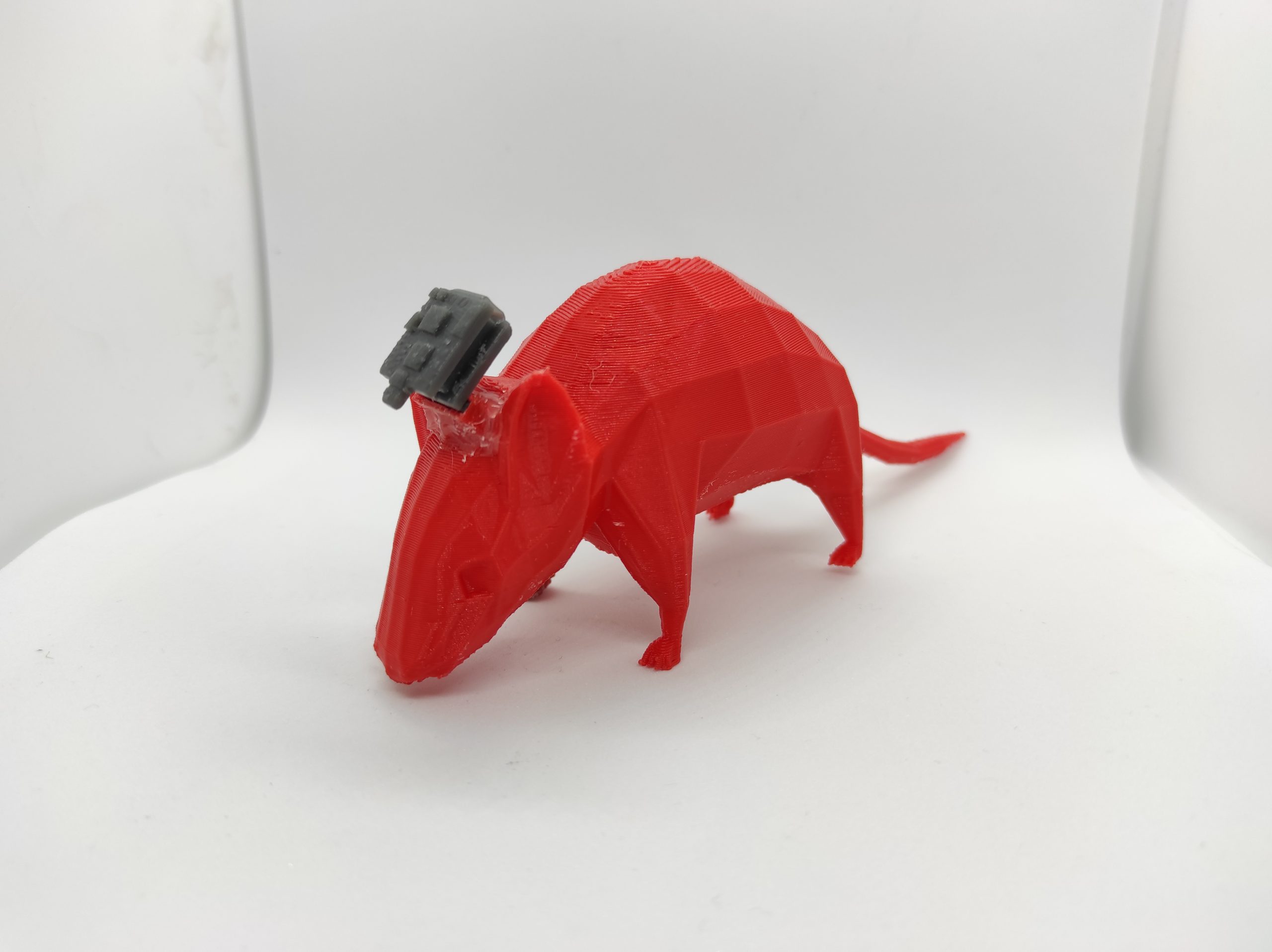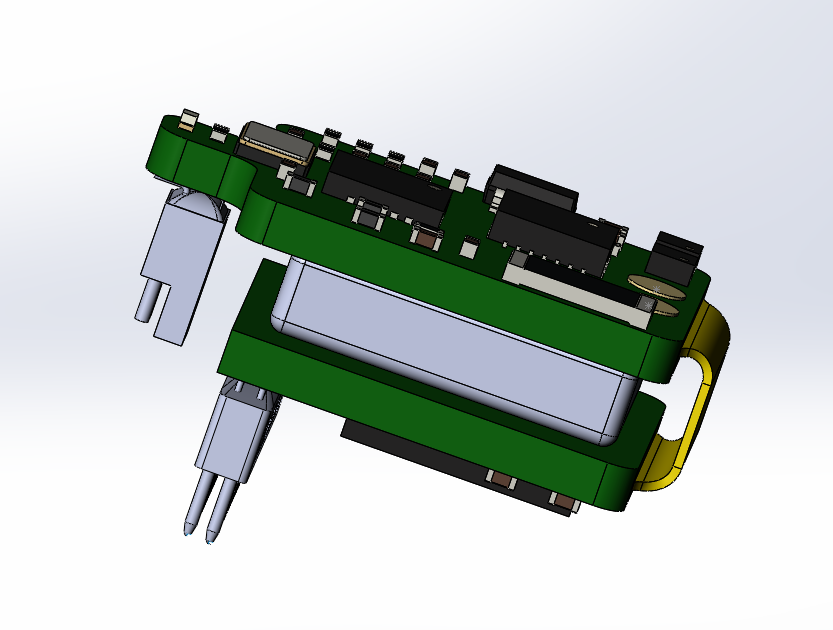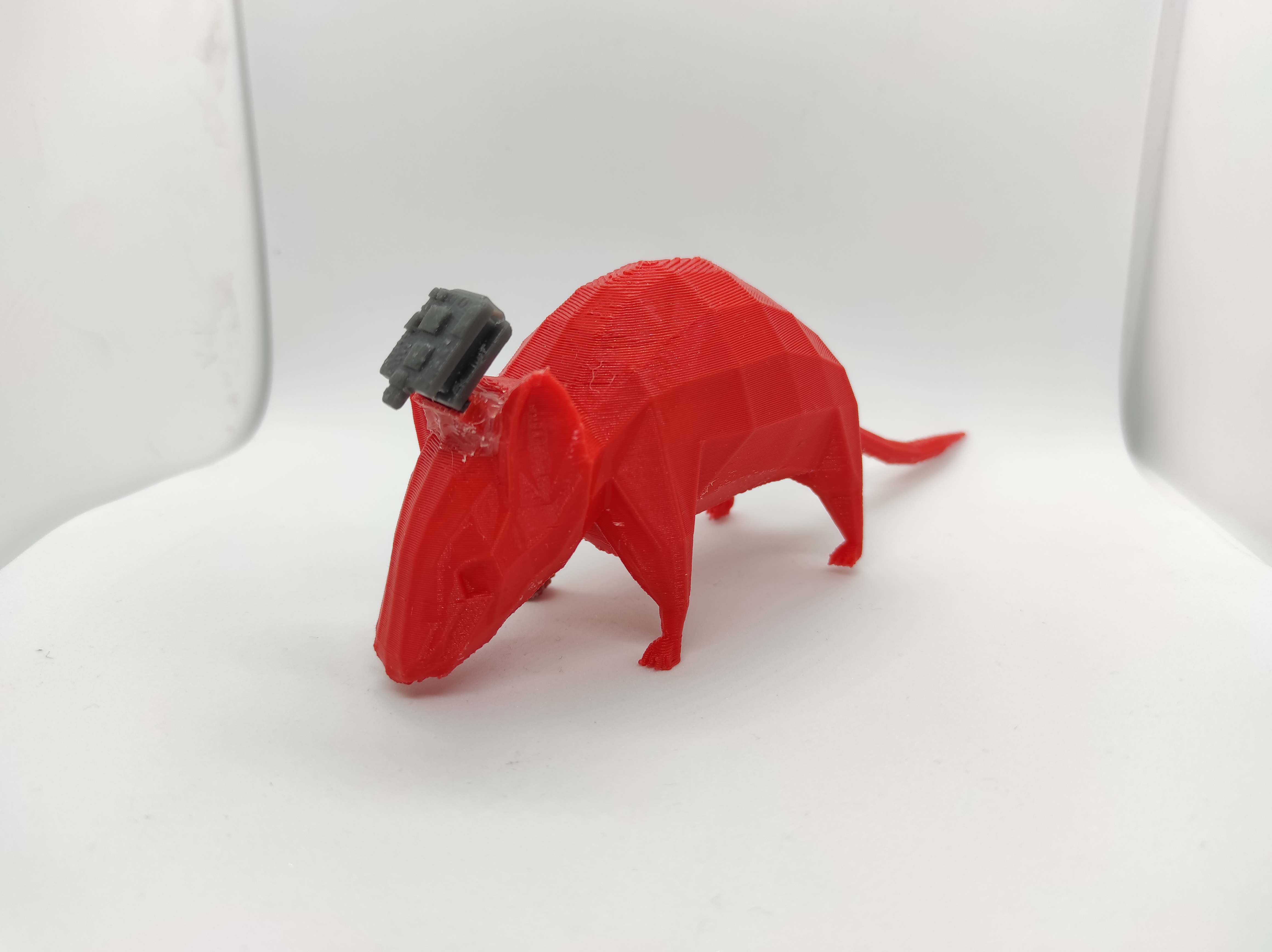Hardware and Software Complex for Neural Tissue Patch-Clamp
Hardware and software complex for long-term recording of the small rodent brain areas activity, as well as wireless transmission of localized potential, ECG, and EEG.

Task
Our nervous system health, especially the brain, directly affects cognitive skills and mental processes. Therefore, any brain pathologies accompanied by necrocytosis lead to various behavioral abnormalities, memory disorders, and deterioration. Studies of the animals’ neural activity will help to lay the groundwork for the development of therapeutics for the treatment of human brain diseases, especially neurodegenerative.
The task of the ISSDP Laboratory staff is to design a hardware and software complex for long-term recording of the small rodent brain areas activity, as well as wireless transmission of localized potential, ECG, and EEG. At the same time, it is required to ensure the design integrity of the implantable device for reliable fixation on the head of the laboratory animal throughout the experiment.
The project is carried out within the World-Class Research Center for Advanced Digital Technologies at National Technology Initiative Center for Advanced Manufacturing Technologies of SPbPU (hereinafter – NTI SPbPU), established by the Rector's order dated 30/04/2020 No. 699 "On the establishment of the World-Class Research Center for Advanced Digital Technologies at National Technology Initiative Center for Advanced Manufacturing Technologies of SPbPU".
Solution
The complex includes three wearable modules attached to mice that transmit data from 32 cerebral activity channels via radio, and a charging and base station that receives data from wearable modules and transmits them via one of the wired interfaces to a PC.
The following stages were accomplished within the project:
- The basic electrical circuits and printed circuit boards of the wearable module and the base station were developed. Components were selected and documentation for the automatic insertion of printed circuit boards was prepared;
- 3D modeling and search for the optimal design of the wearable modules and the base station were carried out;
- The research in ergonomics was carried out to ensure the convenience of using by research scientists;
- A software for hardware testing was designed;
- A software for data visualization was developed;
- The requirements for the main software for all system components were listed.
- The main software for all hardware and software complex components, including software for processing and displaying data on a PC, was designed and tested;
- 3D modeling and printing of the base station body elements was performed.
Results:
Hardware and software complex prototype includes an implantable device with silicon electrodes and a transceiver connected to a PC via USB or Ethernet and linking with the implantable device via a radio channel, as well as software for the microcontroller unit in implantable device, the transceiver, and a PC. The implantable device includes a printed circuit board with connectors and a battery no larger than 10x13x15mm. A transceiver is a printed circuit board with components and antennas.
Details
Hardware and software complex components:
- Electrodes implanted into the brain of an animal subject (32 electrodes soldered on a special silicon substrate combined with a connector);
- The data processing and transmission device. It is a wireless wearable module with a built-in battery; modular dimension is 10x13x15mm, the data transfer rate is 1 Mbit/s;
- A base station for receiving data from wireless wearable modules, which also serves as a charger and a holder of wearable modules in inactive mode (for transportation purposes);

The proposed appearance of the base station
- Software for all components of the complex, including software for processing and displaying data on a PC.
Technologies
| Software programming languages: | Python 3 |
| Platforms and frameworks: | Socket interface for Ethernet communication; PyQt5 for GUI; P yqtgraph for real-time graphs rendering |
| Wireless technologies: | nRF24L01 module (2.4GHz transmission frequency, GFSK modulation, 126 frequency channels, configurable transmitter power, 2 Mbit/s radio link bandwidth) |
| MCU: | STM32G0 |
| Measurement technologies: | analog-to-digital converter - RHD2132 |
Intellectual Property
Publications
Project team
- Project Manager: A.V. Vasina, Acting Director of IBSB
- Project Co-Manager: M.V. Bolsunovskaya, Head of the Industrial Systems for Streaming Data Processing Laboratory, NTI Center, SPbPU; O.L. Vlasova, Director of the GSBFS IBSB SPbPU; I.B. Bezprozvanny, Head of the Laboratory for Molecular Neurodegeneration, SPbPU
- Project Manager, Lead Developer: D.M. Kazakov
- Developer: N.S. Makarevich

